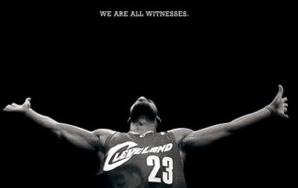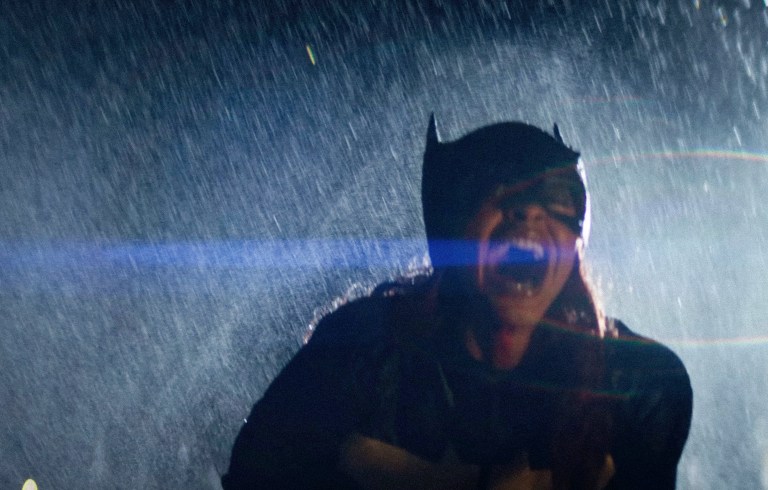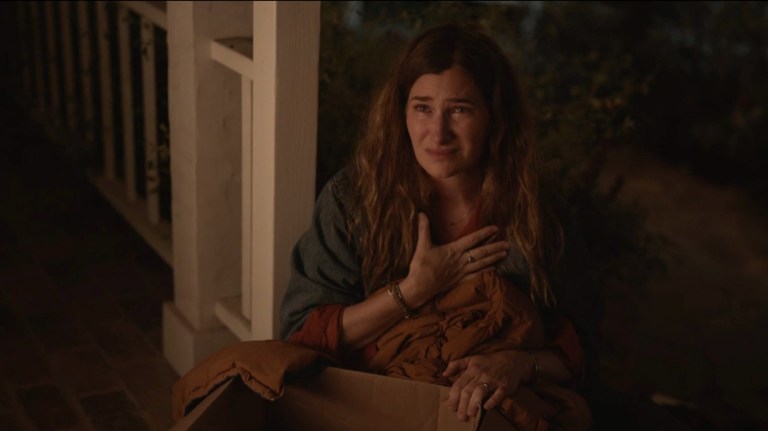Last Exit Detroit: Christian Burkert’s View of Motor City
In German photographer Christian Burkert‘s series of photos titled “Last Exit Detroit,” the theme is familiar: Detroit is an abysmal no man’s land on the brink of extinction. Most everyone claiming to be a photographer or journalist these days seems intent on that opinion, and it’s become woefully redundant.

In German photographer Christian Burkert‘s series of photos titled “Last Exit Detroit,” the theme is familiar: Detroit is an abysmal no man’s land on the brink of extinction. Most everyone claiming to be a photographer or journalist these days seems intent on that opinion, and it’s become woefully redundant. Burkert does what hundreds, perhaps thousands, of photographers have done in recent years — he went on safari in Detroit and turned his trip into a photo essay propagating the tale he wanted to hear:
Detroit, the once so proud Motor City, home of the ruined and almost lapsed Big Three — the 3 big American automakers GM, Ford and Chrysler — now ranks among the poorest cities in the United States of America. With the seemingly decline in recent decades, Detroit has become a worldwide symbol for the downturn of an entire industry. The automobile industry brought prosperity and the city, founded by a French officer and furrier, boomed unprecedented for the last 100 years – followed by an unprecedented crash. The city had already been booming and prosperous at the turn of the century, but not before the first automobiles came from the conveyor belts of Henry Ford´s factories, Detroit became the Motor City and the rich capital of the automobile, the growth engine of the U. S. industry. However, the monoculture of the auto industry took revenge with its crises and a spiral evolved, pulling the city down with each turn down. In the current crisis, this spiral hit bottom. But whatever hope remains in Detroit, is primarily due to the continuing efforts of the residents, who try to defy the paralyzing impacts of poverty and economic decline every day.
What’s problematic about this approach is that it does little but gawk at the cities and people in distress. In other words, it actually contributes to the problem by fueling the notion that Detroit (and depressed cities like it) are beyond help. The glut of disaster porn photography currently cycling on the Internet has outsiders convinced Detroit is a post-apocalyptic wasteland, devoid of hope or humanity. If anything, this is counterintuitive to the potential good art can do. ![]()







